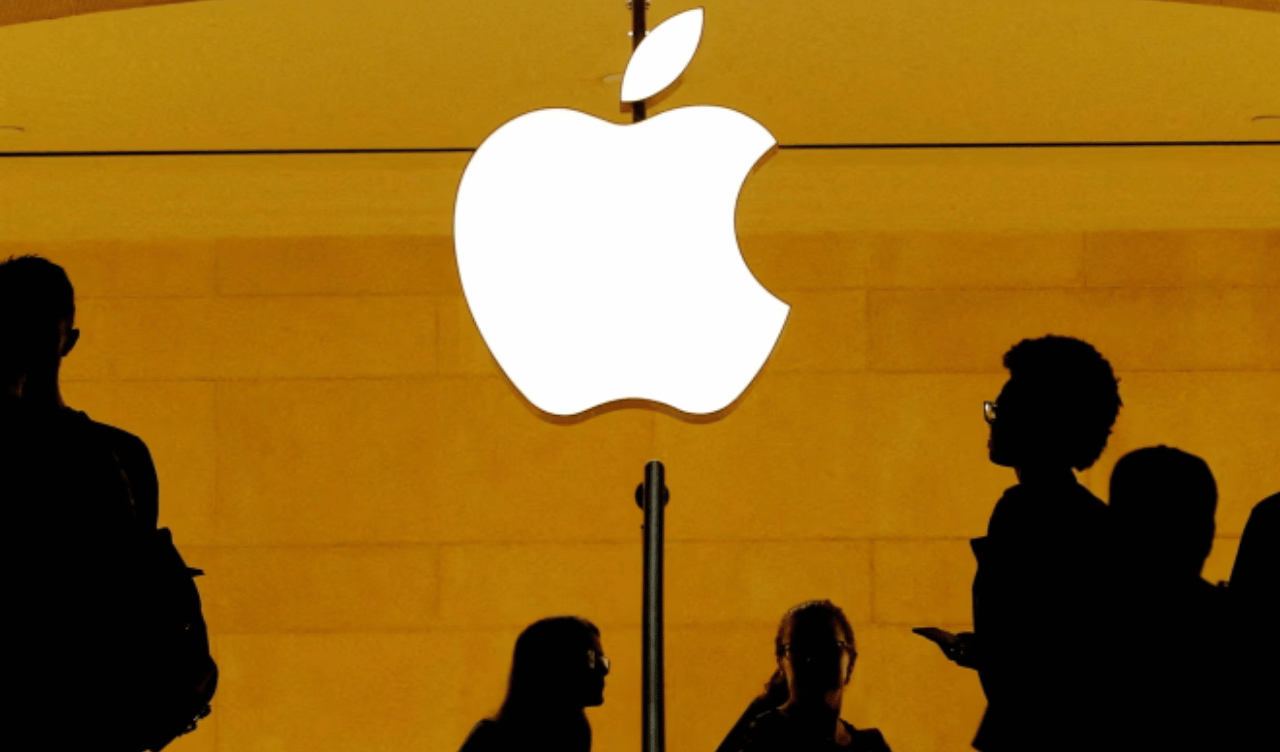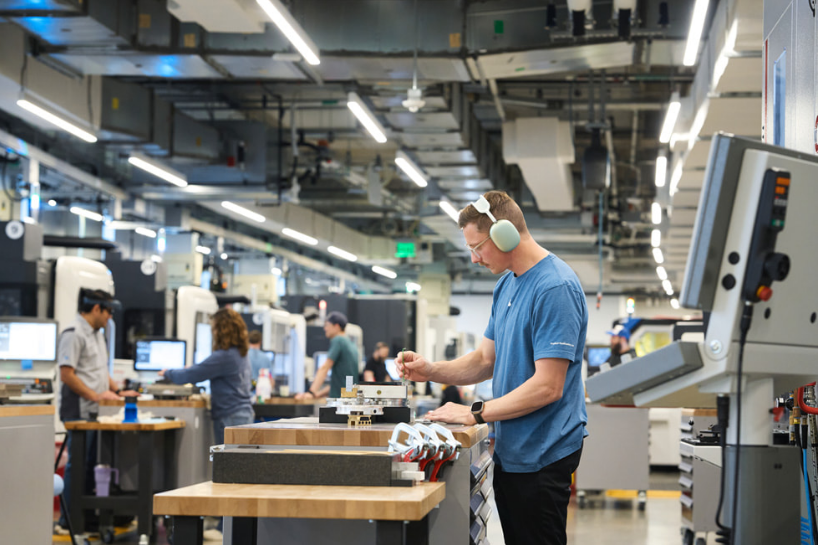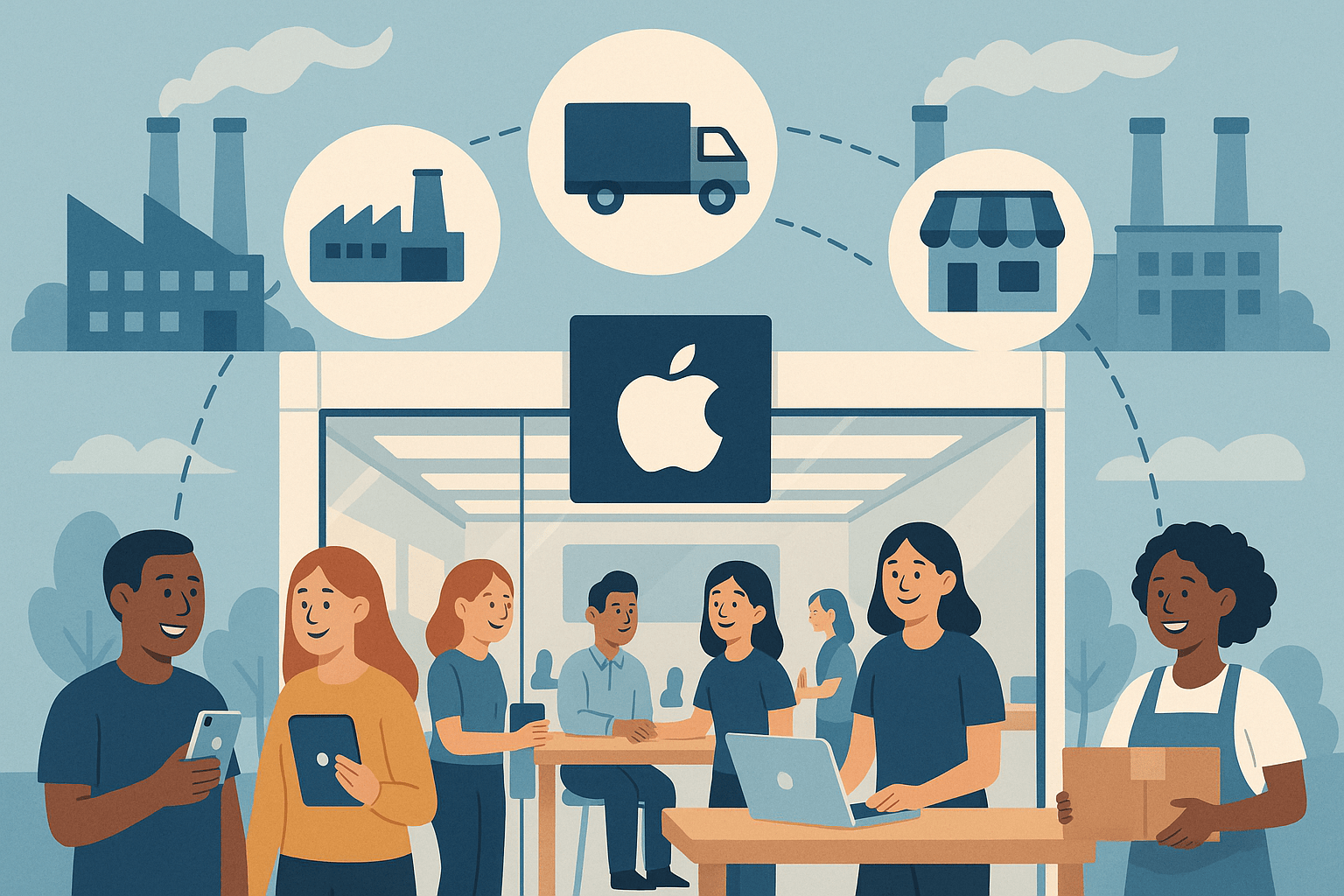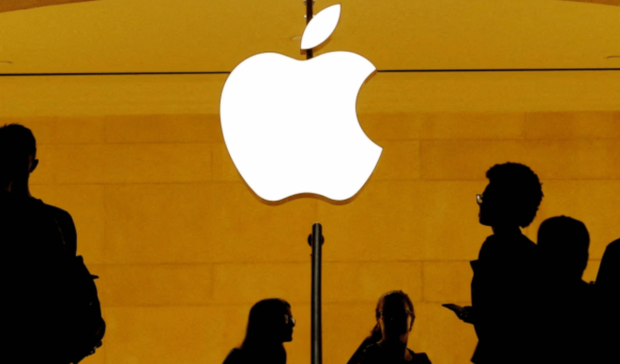
When Apple says it’s going to invest $500 billion in the U.S. over the next four years, it’s doing more than making headlines—it’s declaring a bet on innovation, jobs, and America’s manufacturing future. The Apple Investment Plan isn’t just about dollars and factories; it’s about reshaping how tech giants think about supply chains, workforce development, and national competitiveness. In this blog, we’ll dig into what Apple is promising, why it matters, and how it could ripple across consumers, businesses, and the U.S. economy.
Why the Apple Investment Plan Matters for the U.S. Economy
The significance of the Apple Investment Plan goes well beyond Apple’s bottom line. Here’s what makes it matter:
- Stimulating Domestic Manufacturing and Innovation
Apple has long relied on global supply chains. But with this plan, it’s doubling down on domestic production, especially in areas like silicon engineering, artificial intelligence (AI), and advanced hardware. - Supporting Thousands of Suppliers Across All 50 States
It’s not just Apple’s factories; the plan includes thousands of U.S.-based suppliers, helping ensure economic benefits are spread more evenly across the country. - Leveraging Policy and Regulatory Trends
This investment comes amid increasing emphasis by U.S. policymakers on onshoring key technology, semiconductors, and critical components. There are tax, trade, and subsidy levers (e.g. CHIPS Act) that make this plan possible—or even attractive—for Apple.

Breaking Down Apple’s $500 Billion Commitment
Let’s unpack what Apple actually plans to do under this massive investment:
| Initiative | What Apple Will Do | Key Details |
|---|---|---|
| New Manufacturing Facility in Houston, Texas | Build a large-scale facility to assemble servers for Apple Intelligence (servers currently made overseas). | ~250,000 sq ft facility opening in 2026, creating thousands of jobs. |
| Advanced Manufacturing Fund Doubled | Increase from $5 billion to $10 billion to support high-skilled manufacturing and innovation across the U.S. | Includes expanded silicon production at TSMC’s Arizona plant. |
| Research & Development, Skills and Academy | Creation of manufacturing academies (e.g. in Michigan) to train workers; increase R&D in AI, silicon engineering. | Roles likely include R&D, AI/ML, software development, creating ~20,000 new jobs. |
| Supply Chain & Infrastructure Expansion | Working with suppliers in all 50 states; expanding data centers; corporate facilities; contributions to Apple TV+ production in multiple states. | Already supporting ~2.9 million jobs including direct, supplier, and developer jobs. |
Impact on Jobs, Technology, and Innovation
The Apple Investment Plan isn’t just a financial promise—it has real implications in several domains:
Job Creation and Workforce Upskilling
Apple expects to directly hire ~20,000 people over the next four years, especially in R&D, AI, and engineering. But the indirect job impact—through suppliers, construction, and support services—could be much larger.
Boost to U.S. Technology Leadership
By bringing more component manufacturing, silicon and chip production, and AI server assembly stateside, Apple is helping the U.S. compete globally in critical tech infrastructure.
Innovation Spillovers
Educational programs, manufacturing academies, and partnerships will likely lead to innovation in processes, sustainable practices, and efficiency. States with less previous exposure to such tech investments may especially benefit.
Supply Chain Resilience
Diversifying where key components and servers are built helps guard against global disruptions—be they from pandemic-related logistics issues, geopolitical tensions, or trade policy shifts.
What This Means for Consumers and Businesses

How will the Apple Investment Plan affect the average person, and the businesses that interact with Apple or its ecosystem
- For Consumers
- Potential for safer and more resilient product availability. If more components are built locally, supply disruptions may reduce.
- Possibly better environmental practices: Apple emphasizes energy-efficient data centers and renewable energy, which could lead to “greener” tech products.
- Maybe slight cost implications—product pricing could shift if domestic manufacturing costs differ, but scale and automation might offset those.
- For Businesses (Suppliers, Startups, Local Economies)
- Suppliers in more states can gain new contracts and capacities.
- Local economies around new plants, academies, and infrastructure will likely see boosts (jobs, housing, services).
- Opportunities for startups or small/medium businesses in AI, silicon design, logistics, etc., to be part of Apple’s expanded network.
- For the Tech Industry
- Increased competition around talent: companies may need to invest more in R&D and workforce to keep up.
- Encouragement for other tech firms to relocate or expand U.S.-based operations, following Apple’s lead.
- Shift in global supply chain strategies: more emphasis on domestic vs overseas production, localization.
Apple’s Long-Term Vision for Growth in the U.S.
To see why the Apple Investment Plan is more than a headline, it helps to look at what it signals about Apple’s long-term strategy:
- From Outsourcing to Onshoring
Apple appears to be rebalancing: while not everything will move into the U.S., critical infrastructure—servers, AI, chip manufacturing—is increasingly domestic. That helps with control, security, and reducing dependency. - Scaling Up AI and “Apple Intelligence”
The investment in server infrastructure, data centers, and silicon is tightly coupled with Apple’s push into AI features. The more capable domestic infrastructure Apple has, the more reliably it can roll out next-gen AI systems. - Talent Development & Sustainable Innovation
Investing in training (academies), R&D, and manufacturing capability fosters domestic talent pools. Also, there’s emphasis on energy efficiency and renewable power for facilities. - Aligning with Government Policy & Incentives
Apple’s plan dovetails with U.S. policy pushes (e.g. tax incentives, tariffs, subsidies for onshore semiconductors). Aligning corporate strategy with public policy reduces risk and may unlock additional support.
Conclusion
The Apple Investment Plan: $500 Billion in U.S. Over the Next 4 Years marks one of the largest private-sector commitments to America’s economic and technological infrastructure in recent memory. It promises more than factory walls and dollar signs—it’s about innovation, skills, resilience, and a tighter integration of technology into local economies. For consumers, that could mean more reliable products and greener tech; for workers, it means new job opportunities; for businesses, pathways to participate in a growing domestic supply chain; and for the country, a stronger footing in the global tech race. By anchoring much of its future growth in U.S. soil through AI, silicon engineering, and manufacturing, Apple is betting that the future of tech is built not just globally—but locally.
FAQs
Q. What is Apple’s $500 billion investment plan?
A. Apple’s plan is a multi-year commitment (over four years) to invest over $500 billion in the United States. It includes building manufacturing capacity (servers for AI), expanding advanced manufacturing funds, increasing R&D, forming academies to train the workforce, and working with suppliers across all 50 states.
Q. How will the Apple Investment Plan affect U.S. jobs?
A. Apple expects to directly employ about 20,000 new workers in roles connected to R&D, AI/ML, silicon and hardware engineering. But the indirect impact is much larger via suppliers, manufacturing partners, construction, logistics, and supporting industries.
Q. What industries will benefit from Apple’s investment?
A. Key industries include semiconductor/silicon engineering, AI / machine learning manufacturing, hardware components (e.g. glass, rare earth magnets), software and data center infrastructure, education and workforce training, clean energy (for powering data centers), and the supply chain & logistics industry.
Q. Why is Apple focusing so heavily on the U.S. market now?
A. Several reasons: to reduce risks from international supply chain disruptions; to align with U.S. government policies (tariffs, incentives for domestic production); to meet rising demand for AI infrastructure; to ensure greater control over production, security, and energy usage; and to harness domestic talent & innovation.
Q. How does this investment align with Apple’s long-term goals?
A. It aligns with Apple’s strategy of pushing more advanced tech (AI, silicon chips, high performance computing) and weaving them into its product & service portfolio. Also, it supports goals of sustainability (renewable energy, efficient production), supply chain security, and resilience—to better withstand global disruptions and maintain leadership in innovation.
READ MORE: Amazon is Shutting Down its Android App Store; Here’s Why












